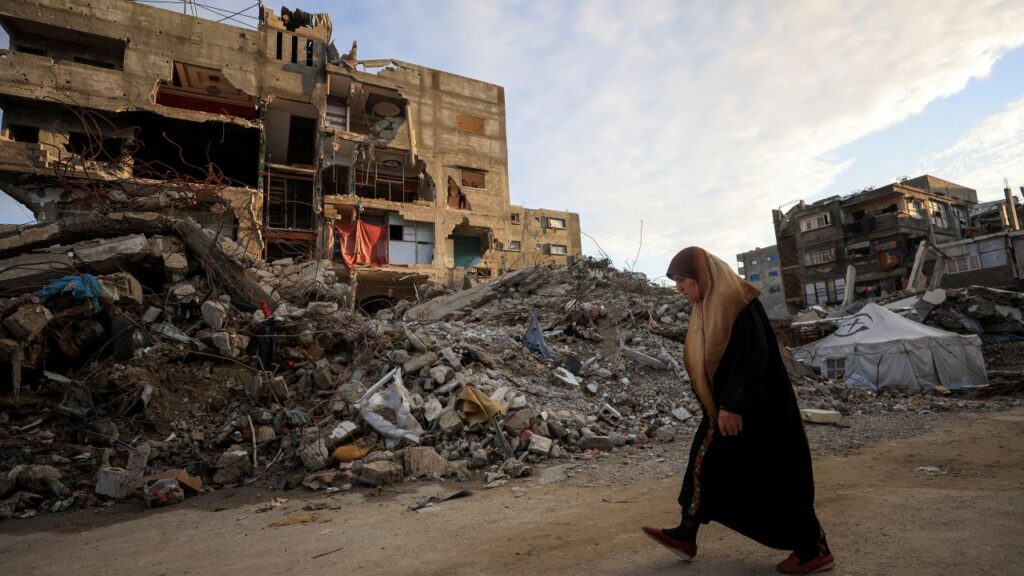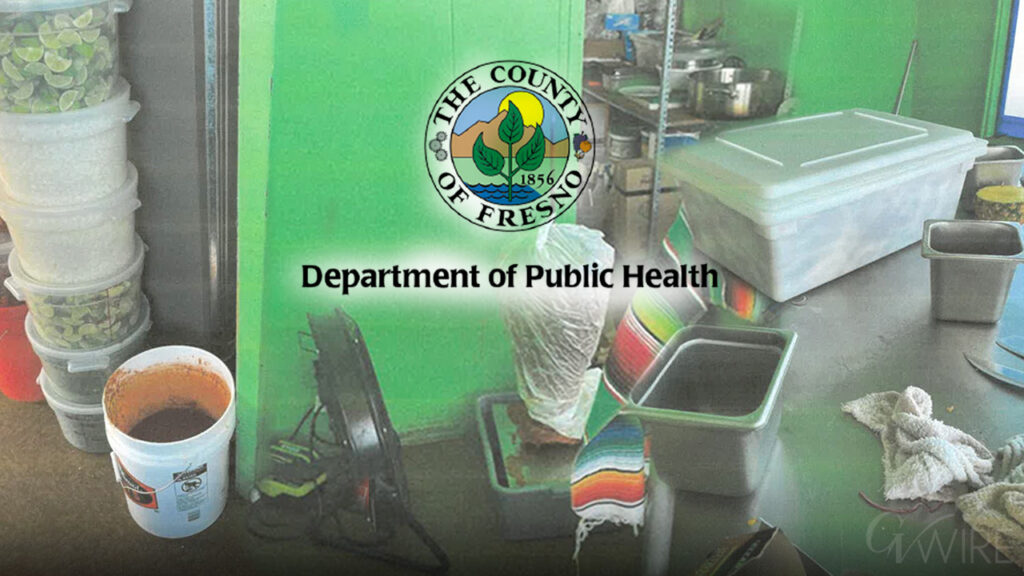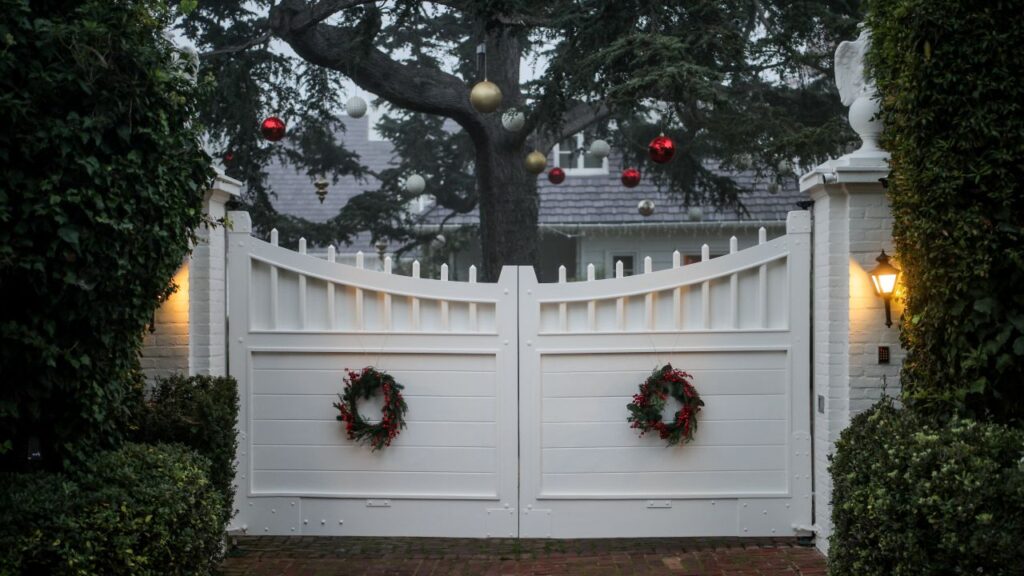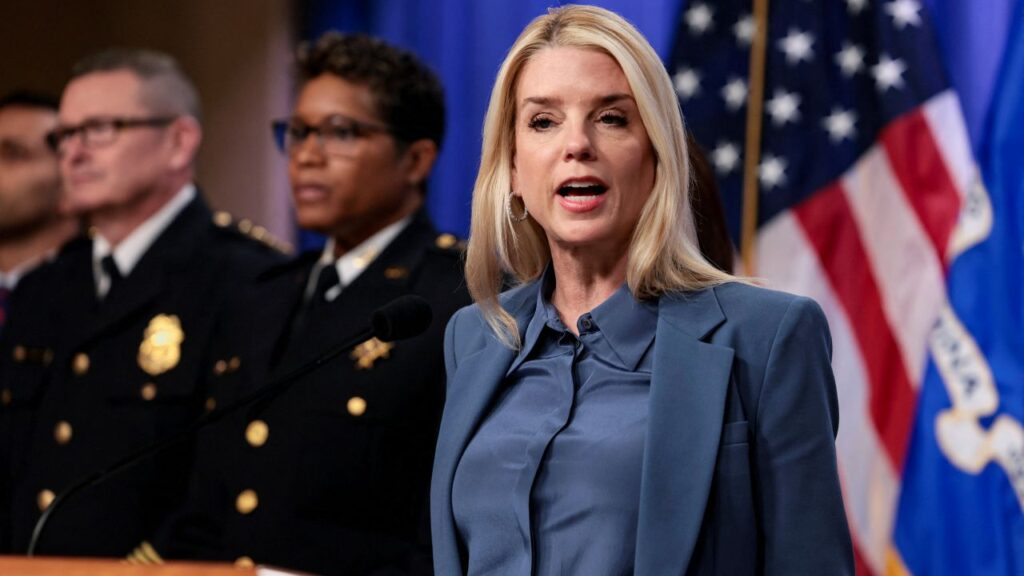Donald Trump's return to the White House sets up what is likely to be a bitter confrontation over water in California, opines Kerry Jackson. (AP File)

- President-elect Donald Trump has a different view of water in California than does the ruling class in Sacramento and in the big cities.
- The tiny Delta smelt is at the center of a proxy war between the blue agenda and red policies.
- California farmers are long accustomed to getting better treatment from politicians outside the state.
Share
|
Getting your Trinity Audio player ready...
|
California has been lately in the business of blowing up dams. So a decision to actually raise one is big news.

Kerry Jackson
Opinion
In a deal approved by eight water agencies as well as the federal government, the San Luis Reservoir between Gilroy and Los Banos, the fifth-largest reservoir in the state, will be raised by 10 feet. Already at 382 feet, the added height will increase storage by 130,000 acre feet. That’s roughly the amount of water that would be consumed by 650,000 people in one year.
Matthew Keller, a spokesperson for the Santa Clara Valley Water District, one of the eight agencies, called it “a significant milestone and positive direction,” which is no embellishment in a state that has made dam removal a centerpiece of its identity.
In fact, California orchestrated the largest dam removal project in U.S. history: the dismantling of four hydroelectric dams on the Klamath River near the Oregon border. Gov. Gavin Newsom called it “a monumental achievement,” and not only for the river “but for our entire state, nation and planet.”
A Showdown Over Water and Delta Smelt
A month after Newsom made that statement, the country elected Donald Trump for another term in the White House, setting up what is likely to be a bitter confrontation over water.
Trump, of course, has a different view of water in California than does the ruling class in Sacramento and in the big cities. The latter sees only scarcity, but Trump sees abundance. During his campaign, he “promised Californians unprecedented access to water and reduced protections for a key fish species if he is reelected,” E&E News reported in September.
Thirty-five million Californians downstream from the Sacramento-San Joaquin Delta, including farmers in the Central Valley — known as the “nation’s breadbasket” because it is one of the most productive agricultural regions on Earth — are denied water due to the struggle over a “key fish.” The rare, tiny Delta smelt looms “large over all our environmental and water policies,” John Durand, a University of California, Davis, researcher told the British Guardian in 2019. It’s truly a matter of “fish vs. people.”
Writing in the California WaterBlog, environmental sociologist Caleb Scoville explains how a creature that typically measures less than three inches long has become a heated subject far beyond the state’s borders.
“The dynamics and character of the Delta smelt controversy are better explained by national partisan divisions than as a regional struggle for access to water,” says Scoville.
In other words, the Delta smelt is a proxy war between the blue agenda and red policies.
Get Ready for the Rhetoric to Ramp Up
With all the politics swirling over a small fish that is “endemic to California” and “only occurs in the San Francisco Estuary,” there is bound to be a fusillade of rhetorical bombs lobbed from Sacramento to Washington and back over the next four years.
GV Wire encourages vigorous debate on local, state, and national issues. Submit your op-ed to bmcewen@gvwire.com for consideration.
If Trump follows up where he left off, one of his first acts his second time around is likely to be pumping more water through the Central Valley Project, a federal Bureau of Reclamation network of dams, reservoirs, canals and hydroelectric powerplants. During his first term, Trump ordered the project to increase water delivery downstream.
By 2020, flow southward had increased by about 5% due to Trump’s policies. But his agenda ran into environmentalist and political resistance, and a different administration, which critics have called “a disaster on California water policy,” that did not see things the same way. Now he has to begin again, from the top, so to speak.
Another project thought to be in Trump’s lineup is expanding the largest reservoir in the state, Lake Shasta. It was on his list in 2020. An environmental report that year looked at the feasibility of raising the dam by 18.5 feet, which would lift the lip by 3%, and increase the storage capacity “by 634,000 acre-feet, or more than 200 billion gallons,” enough, says the Bureau of Reclamation, “to support more than 6 million Californians annually.”
While Sacramento is aligned against him — Newsom has called a special session to “safeguard California values” and “Trump-proof” the state — the thirsty farmers of the Central Valley, who feed not only the country but their own families from the slim profits they make, tend to favor Trump’s agenda — for obvious reasons.
But then they’ve long been accustomed to getting better treatment from politicians outside the state.
About the Author
Kerry Jackson is the William Clement Fellow in California Reform at the Pacific Research Institute and co-author of the PRI book “The California Left Coast Survivor’s Guide.”


















